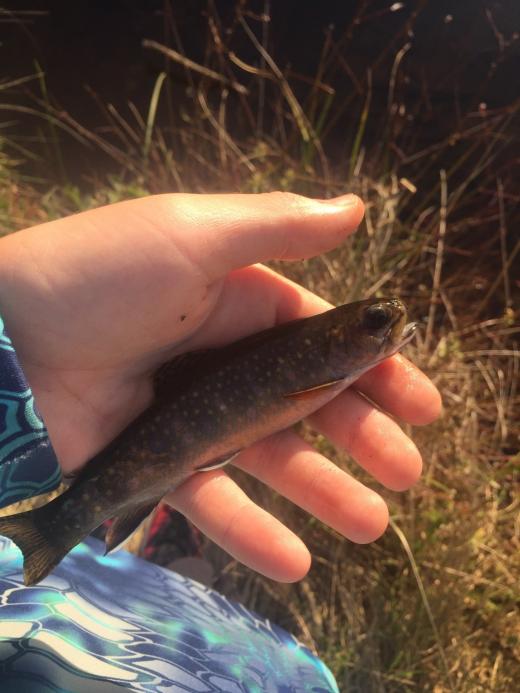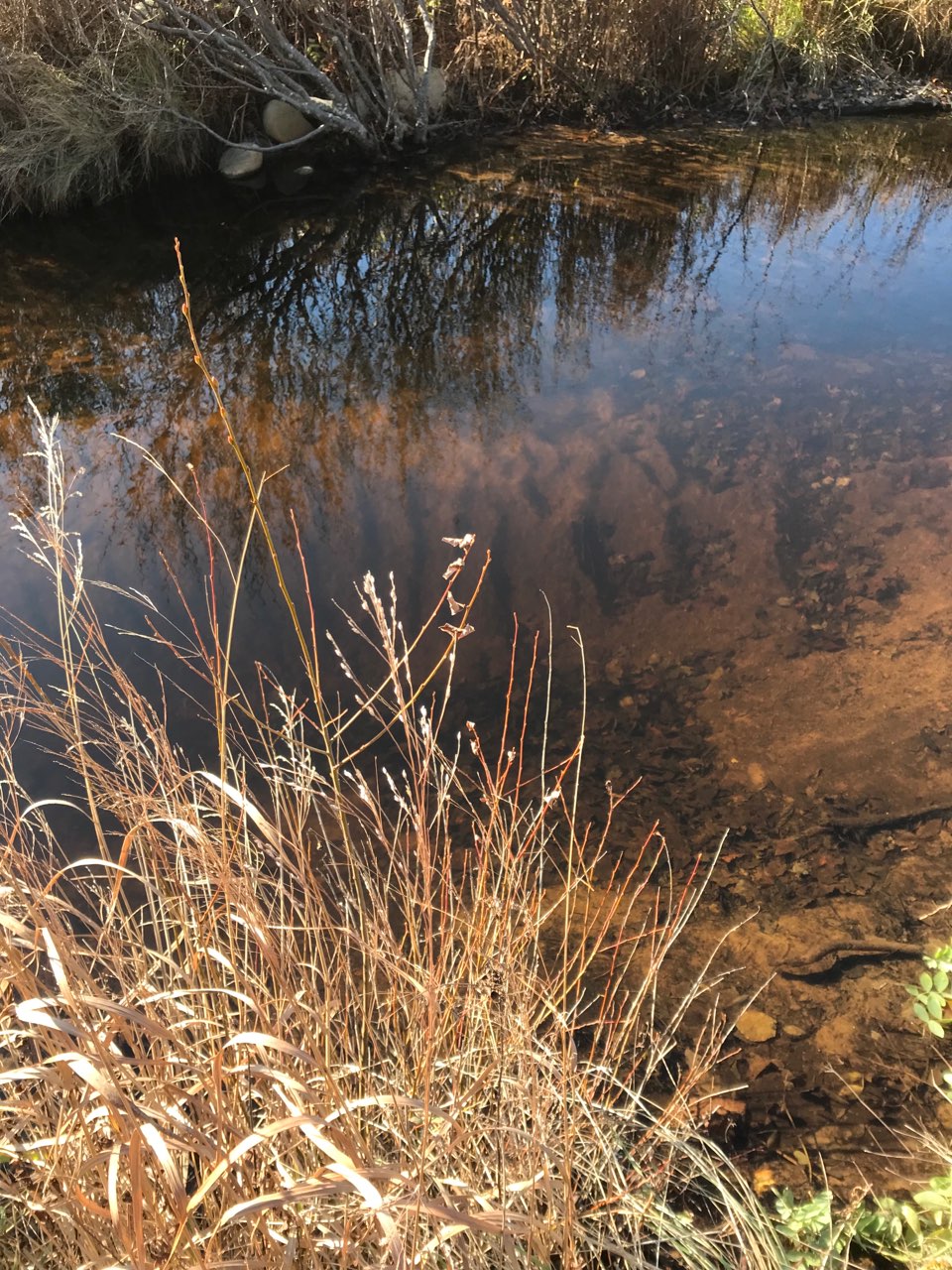A Quick Analysis of the Problems Facing Salter Brookies
My brother and I have found these extraordinary and fragile fish in drainage ditches, culverts, and isolated pools that we would never have thought could hold fish, let alone brook trout! Sea-run brook trout, or ‘salter’ brook trout, are a strain of brook trout that can live in saltwater and get way bigger than their cousins. Imagine catching a brook trout while casting for stripers! Not only are they bigger than native brook trout, but they will explosively strike a well presented streamer. The problem is that their habitat and range have declined significantly over the years. Sea-run brook trout were once plentiful throughout Massachusetts, but now there are only a few (well) known streams that they inhabit (and the secret ones that I’m not telling you about).
The biggest threats to sea-run brook trout are water withdrawal, dams, thermal pollution, residential pollution, agricultural pollution, industrial pollution, fish stocking, and invasive species. Water withdrawal is when residences and institutions use groundwater to fill their wells and maintain their lawns. Golf courses in particular use huge amounts of water -- water that is needed to replenish spring-fed streams. This takes away water directly from brook trout, destroying their habitat and protection along with necessary oxygen. Thermal pollution is when human disturbances raise the temperature of the water. Brook trout cannot survive and reproduce in temperatures above 65F, so this can be incredibly detrimental to their populations. Man-made dams cut off the flow of rivers and streams, creating stagnant and pooled water, which heats very quickly. Dams also restrict water flow, cutting off trout’s access to the ocean-- this could turn a every salter brook trout above the dam into a normal brook trout. Dams limit habitat and the population of sea-run brook trout that a river can support. Residential pollution, like sewage, and agricultural pollution like fertilizer and waste, can pollute the water so much that the trout won’t be able to survive. Also it can cause algae blooms, which choke the flow of the river and take away huge amounts of oxygen as the algae decompose.
When people think invasive species, they don’t think of government stocked trout. Brook trout do not have many natural defenses and any introduced species can kill or out-compete brook trout. Many state stocking programs have caused the elimination of native species. Brown trout, rainbow trout, and even stocked brook trout can eat salter brook trout, eat their eggs, and outcompete them for food. Brook trout, a species of char native to New England, are not familiar with coexisting with the foreign rainbow and brown trout. Many stocking programs have led to the elimination of the small and fragile salter. Other species, however, would be far more deadly if introduced into salter habitat. A smallmouth bass could survive in the same environment and simply devour brookies whole, decimating a population. Even the lowly yellow perch could be detrimental to brookie populations. When the trout are spawning, multiple perch could distract the brook trout from its redd, while other perch quickly devour the eggs.
Sea-run brook trout are a beautiful fish and it would be a shame if they disappeared from Massachusetts. It's important we do everything we can to maintain their habitat, keep their streams clean, and remove dams to open up new habitat. GBTU and NepRWA’s new partnership is doing all it can to make this happen.
By: Andrew Lee
Andrew is a high-school junior at Boston Latin School who loves fishing. He is predominantly a salt-water fisherman, but loves to flyfish for trout in the winter and frequents the Swift River.


